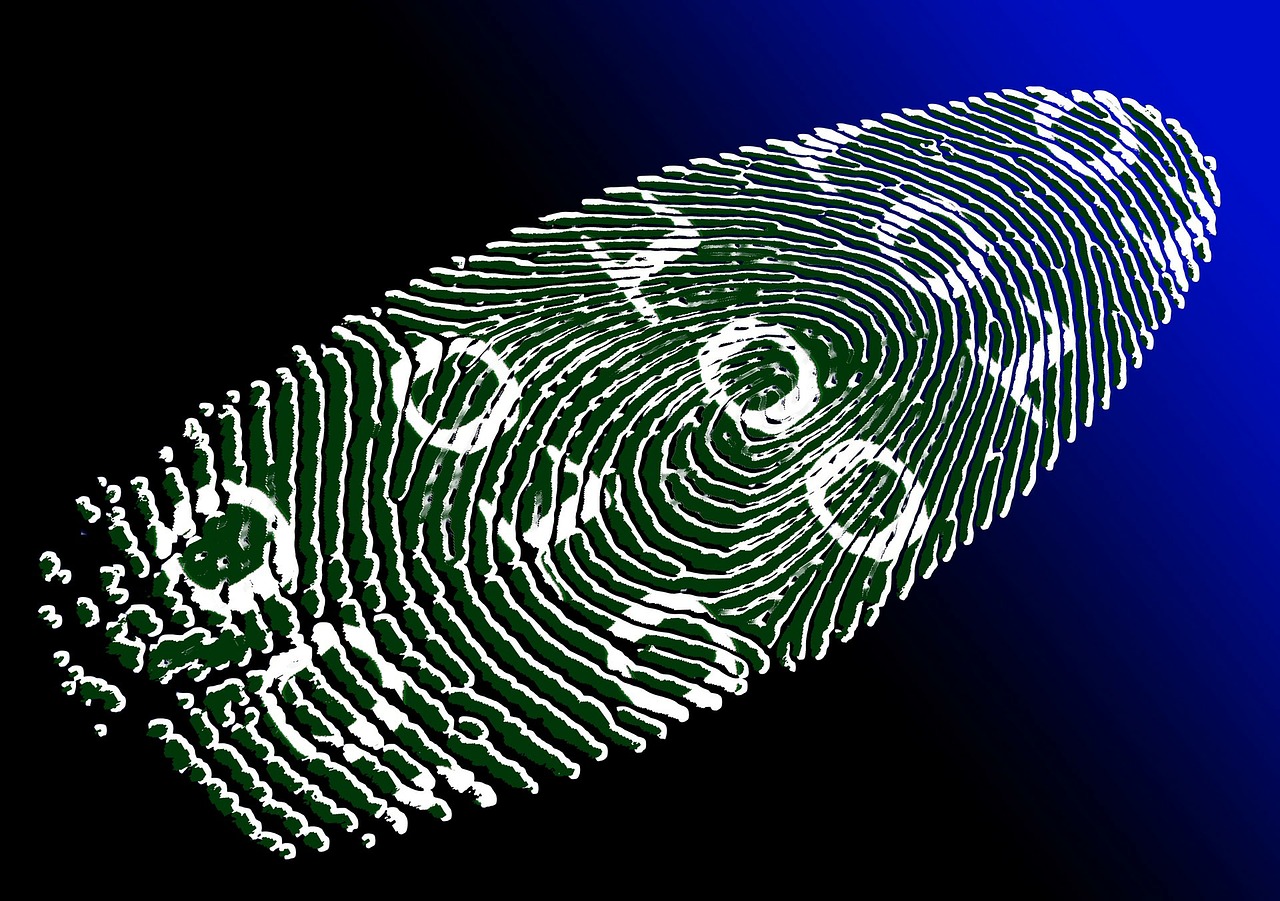Consumer Protection: A Role for Blockchain
Credit scores. Damned if you don’t have a solid figure, and, it turns out, damned even if it’s well into the green, according to the Consumer Financial Protection Bureau (CFPB).
Last week, the CFPB ordered two of the largest credit reporting agencies, TransUnion and Equifax, to pay a combined $23.1 million in restitution and fines after an investigation showed that the scores consumers saw (and often paid to see) were different than the scores provided to lenders. The CFPB found that the scores sold were not typically used by lenders to make decisions of creditworthiness, thus, the “damned if you don’t, damned if you do” conundrum.
Data discrepancies are hardly a new phenomena in financial services, where arbitration and remediation are as common as stress and prescribed vices (both by doctors and self).
It’s no coincidence that blockchain, a solution for reconciling ledgers across institutions, stakeholders and regulators, has become the only undertaking as ubiquitous as sleep-deprivation on Wall Street.
PoCs and partnerships dominated newswires in 2016, with some real milestones stacking up headlines and sparking conversations among familiar names and fledgling upstarts.
Digital identity is the conversation that keeps sticking out. Idealized as a source for economic and social empowerment, but with unavoidable parallels to dystopian tales – evoking scenes from the Black Mirror episode “Nosedive,” wherein social standing, employability and even the cost of rent are tied to a crowdsourced popularity rating.
Migrating human identities to a blockchain or distributed datastore is a problem far too complex for me to posit a roadmap (here’s a good look from Chris Skinner on it, however:
Applying Blockchain to Identity).
However, in the flurry of use cases and applications on blockchain technology, discussions are still hitting logjams when asked about benefits to end consumers. Logjams I frequently ran into when explaining what I worked on over the last year and a half at family Christmas parties.
The CFPB’s investigation highlighted a skewed playing field against consumers, and is an ideal example for connect blockchain to their lives.
Small business owners, prospective homeowners and students applying for higher education could own and manage their information instead of centralized entities determining which version is shared with a potential lender. In the CFPB example, it wouldn’t be feasible for a credit rating agency to bifurcate the scores between debtors and creditors. This pivotal data would be consistent for every party involved.
And this is just a sliver of the data each of us would own, manage and monetize, if we so choose – not a company or network you’re a part of.
2017 will be the year blockchain goes from PoC to production in some of the early, ripe use cases. Digital identity, at least in a semblance of the vision I’ve outlined, will not be one.
Digitizing the foundation of our interactions with governments, institutions and strangers will, and should, trail advancements in areas like financial services, insurance, and supply chain management. But for companies taking up the mantle of re-inventing business with blockchain, grasp every opportunity to explain how your work can also be an answer for problems like this.
You might even coax a Grandma to join your series A at the next family party.
Leave a comment below letting me know your thoughts on digital identity or the blockchain use case that has you most excited.




Leave a comment:
You must be logged in to post a comment.